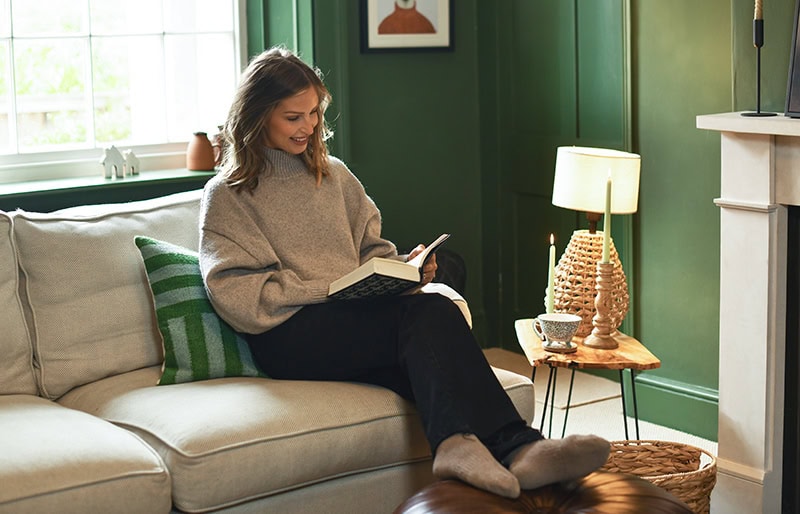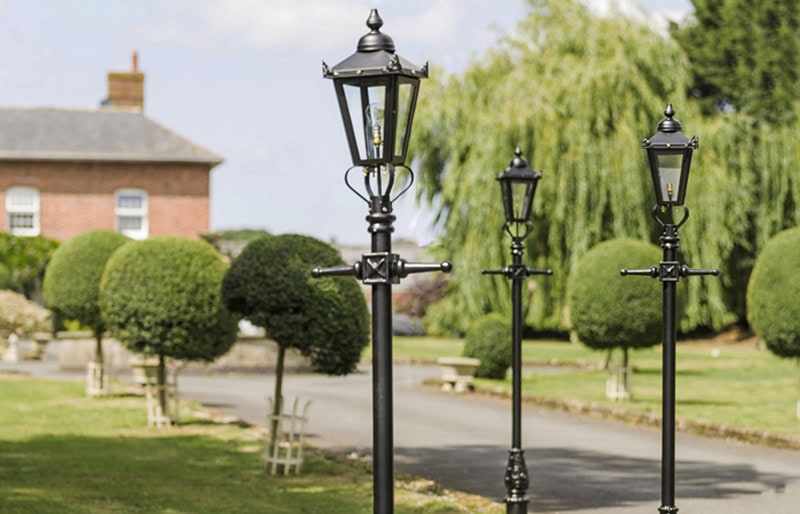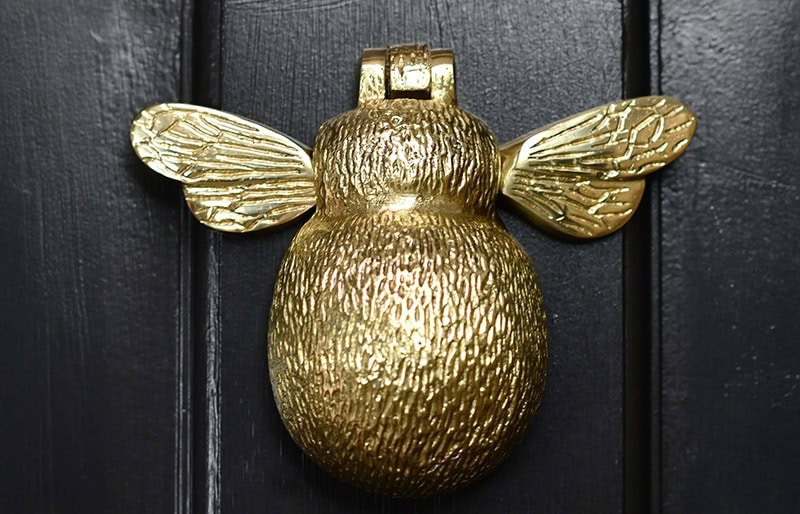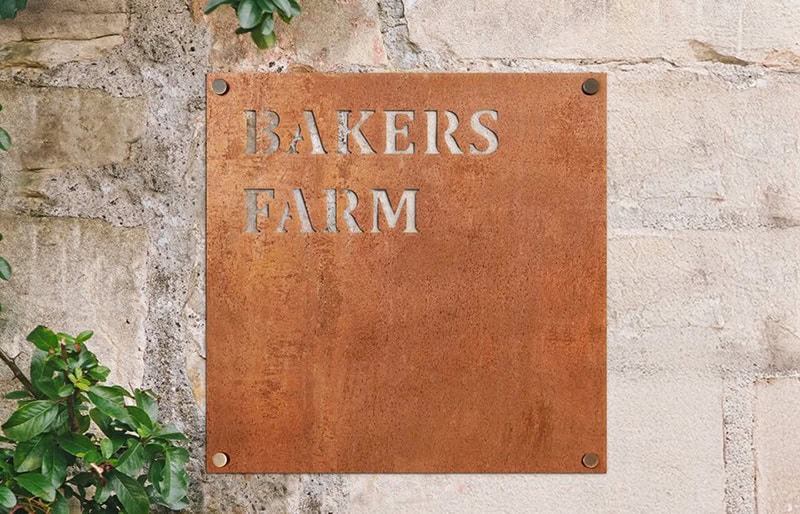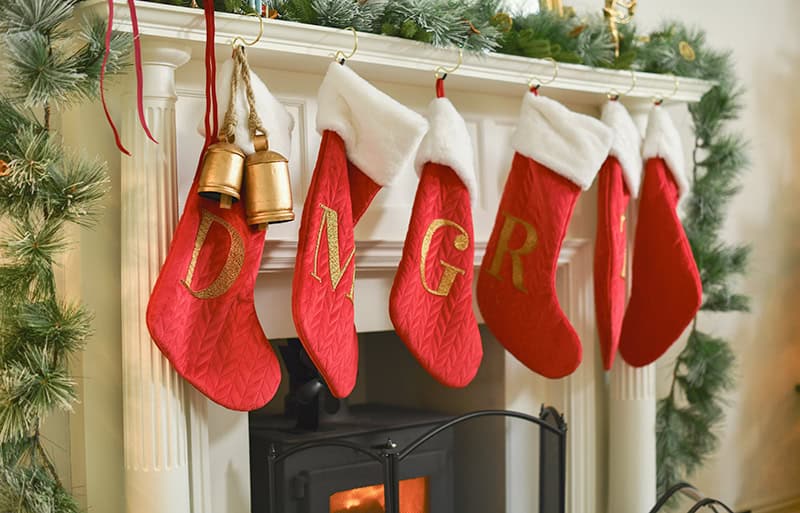
We offer a range of different options for you within our locks and latches collection. Whether you’re looking for a rim lock to add extra style to the exterior of your door or you just need a simple sash lock to add additional security, we’ve got just the piece for you. Choosing the right lock or latch to suit your personal style and door specification can be a bit of a tricky task which is why we’ve developed this handy guide for you. Don’t worry, it isn’t all as technical as the jargon makes it sound!
What is a rim lock or latch?
Rim locks and latches are designed to be installed on the exterior framework of a door. They are ideal for thinner doors which don’t have the space for a lock or latch to be installed within the framework. Rim locks and latches are also designed to add a decorative touch to doorframes, often taking inspiration from traditional and period designs seen throughout history. To purchase a rim lock or latch, you can view our collection here.
What is a mortice/sash lock or latch?
Mortice/sash locks and latches are designed to be fitted within the framework of the door itself, with the corresponding keeper recessed within the door frame. Only a door handle or knob is visible from the outside of the door. Mortice/sash locks and latches provide practicality over style and allow your other door furniture to shine. To purchase a mortice/sash lock or latch, you can view our collection here.

What is the difference between a lock and a latch?
A lock features an integral locking mechanism within its framework, as well as a keyhole cut out. Locks are ideal for use on exterior doors or interior doors that require additional security.
A latch does not feature a locking capability and does not include a keyhole cut out. Latches are designed for indoor use where the need for a door to be locked is not required. Perfect for bathrooms and public spaces.
How do I determine the handing for a rim lock or latch?
Determining the handing when ordering rim locks is a bit different to how you would determine the door handing for carpentry. We have devised a few handy tips to help determine the rim lock that you would require for your specific door.
Stand on the outside of the door and locate the hinges. If the hinges are on the right, you have a right-handed door and you will require a right-handed lock. If the hinges are on the left, you have a left-handed door and will require a left-handed lock.

How do I install a rim lock or latch?
Although relatively straightforward, we recommend seeking the advice of a qualified tradesperson if you are unsure at any point during this installation. This installation guide also includes information about installing a matching rim door knob. You can shop our range of rim door knobs here.
Step One: Fitting a rim lock requires fairly accurate measurements so we recommend starting the installation process by marking out the position you intend to place the lock using a pencil. A handy tip if you’re unsure what height to install at: take a look at other locks and door handles within your home to use this as a guide. Visually, the finished product will appear far nicer if installed at a similar height to other locks within the same vicinity.
Step Two: At this point, it’s also helpful to mark out where the fixing holes, door knob spindle and keyhole will align to help ensure you drill the holes with precision. When upgrading an existing door, you will find the door already features a spindle. The existing spindle may work with the new lock, which saves making any adjustments to the spindle hole.
Step Three: Drill all necessary holes. Position the lock and fix it in place using the provided screws and fixings. You will now need to drill the other side of the door to fit the matching rim knob. Take care to align the new fixing holes with the already fitted rim lock.
Step Four: With the rim knobs and lock now fitted, you will need to close the door to attach the staple. This is the piece that secures the locking mechanism. Using the fitted lock as a guide, mark the correct height of the staple on the door frame to help you position it before drilling the fixing holes. Before fixing the staple to the door frame you may need to rebate the door frame slightly in order to ensure the staple fits flush and aligns with the lock. The depth of the rebate will determine how firmly the door will be held in place when closed and locked.

To install a mortice/sash lock, we recommend seeking the advice of a locksmith or tradesperson as this is a relatively complex process.
How do I care for my lock or latch?
As mortice/sash locks and latches are fitted within the doorframe, they will require minimal care and maintenance. However, the corresponding keeper and outer part of the latch that is visible when the door is open may require a bit of TLC every so often. To clean, simply use a soft cloth and warm soapy water. Abrasive cleaners (such as household cleaners) are not recommended as these may damage the outer lacquer of the metal.
If placed indoors, rim locks and latches will require much of the same maintenance as mortice/sash locks and latches. Depending on the metal material of your rim lock, additional maintenance will be required if the item is being fitted outdoors. To find out more about the specific care and maintenance required for a particular material, please view our General Care & Maintenance Guide.


